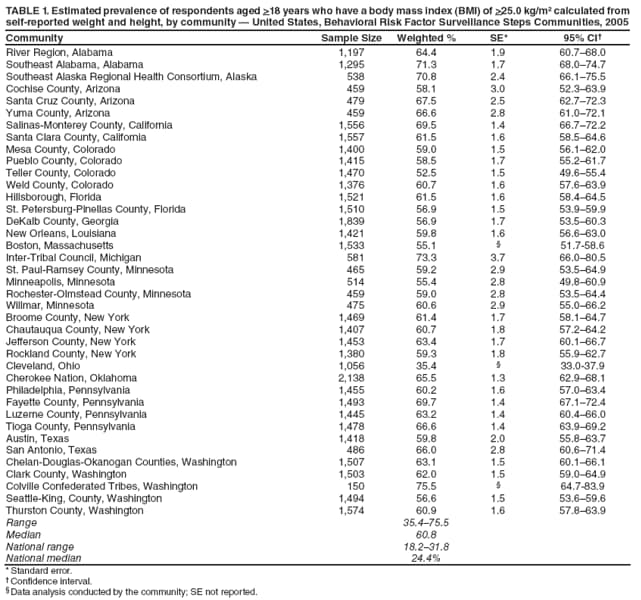

The BCA considers that a higher weight may mean an individual has a higher muscle mass. The Navy uses these calculations because it recognizes that weight alone does not accurately reflect the muscle-to-fat ratio of an individual. Medical officers take measurements of different parts of the applicant's body and perform a calculation based on the results of the measurements.Ĭurrently, the standard for BCA is 23% for males and 34% for females. If an applicant is over the weight standards, they can receive a body fat measurement that uses their body composition assessment (BCA). BCA calculations use a BCA calculator to ensure accuracy.
#Navy bmi calculator how to#
Related: 8 Benefits of Joining the US Navy (Plus How To Join) Alterations to the maximum weight standard The chart below is the current Navy requirement as of 2023: While many of the weights are the same for both genders, they vary as height increases. The chart below outlines the maximum weight allowed according to your height. Weight expectations for men and women can be different because of typical body composition. Navy Basic Training: What to Expect and How To Prepare Maximum weight chart If an individual does not meet the weight standards, they may undergo additional body composition screenings that measure body fat. These requirements help ensure that individuals can perform the physical duties that their role in the Navy may require.

The Navy typically conducts this assessment on sailors twice, but this can be mission dependent. The weight standards are part of the Navy's Body Composition Assessment and help to ensure sailors are both healthy and in good physical shape. The weight standards for sailors remain in place for the duration of their careers, and the Navy expects sailors to maintain this requirement. The Navy sets specific weight standards for both males and females who wish to become recruits. In this article, we discuss the Navy weight standards, describe the maximum and minimum weights for Navy service members and explain how to meet those requirements. Understanding the weight standards can help you prepare for a career as part of the Navy. You can work with your recruiter to devise a plan to meet the requirements if you can't do so when first planning to join the Navy. Our Navy PRT score calculator is based on the official US Navy standards, as well as the veterans' guidance.If you're interested in joining the Navy, you should know the physical standards, including the height and weight qualifications you're held to throughout your career. Calculate your amount of body fat with our body fat calculator.Find your waist-to-hip ratio using the waist-to-hip ratio calculator and.Check your BMI with the BMI calculator.Remember, good results require consistency and a good training program. The thresholds vary depending on which age group the candidate is in: Another important piece of information is the age of the candidate. The Navy physical readiness test's charts are divided into tables for females and males. The maximum score is 300 for all three disciplines combined. a 1.5-mile or 450-meter run, a 2-kilometer row or a 500-yard swim.Forearm planking, which you'll need to hold for as long as you can.Your Navy PRT test will consist of three parts:


 0 kommentar(er)
0 kommentar(er)
